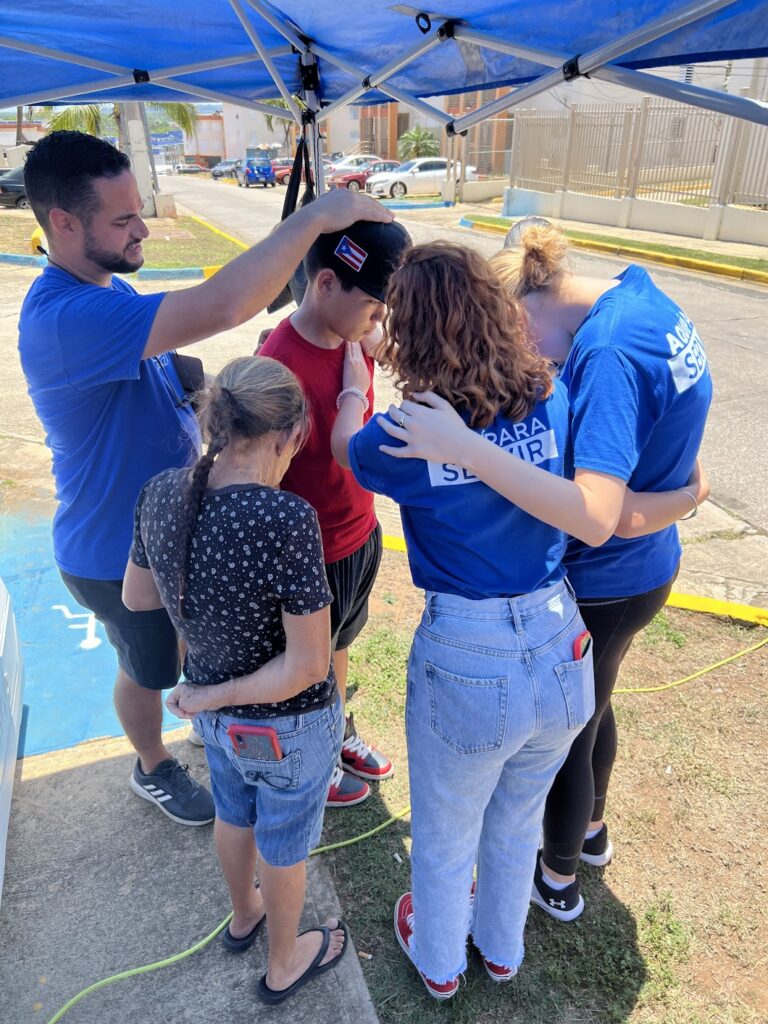Child hunger in Puerto Rico is a serious problem that has been exacerbated by natural disasters, economic struggles, and political instability. Many families are struggling to put food on the table, and children are suffering the consequences. In this article, we’ll take a closer look at the root causes of child hunger in Puerto Rico and explore potential solutions to this growing crisis.

Poverty and unemployment.
One of the main root causes of child hunger in Puerto Rico is poverty and unemployment. According to the U.S. Census Bureau, the poverty rate in Puerto Rico is over 40%, which is more than double the poverty rate in the mainland United States. This means that many families cannot afford to buy enough food to feed their children. Additionally, the unemployment rate in Puerto Rico is also high, which means that many parents are struggling to find work and provide for their families. These economic challenges make it difficult for families to access nutritious food and contribute to the growing problem of child hunger in Puerto Rico.
Inadequate government assistance programs.
Another root cause of child hunger in Puerto Rico is inadequate government assistance programs. While there are programs in place to help families in need, such as the Supplemental Nutrition Assistance Program (SNAP), they are often not enough to meet the needs of families struggling with poverty and unemployment. Additionally, there are barriers to accessing these programs, such as language barriers and lack of information about eligibility requirements. Without sufficient government assistance, many families are left without the resources they need to provide their children with enough food.
Dream Center Esperanza has encountered numerous mothers who have said, “The food assistance we receive only last a couple weeks. Then, we don’t have any food until the first of the month!”
Limited access to healthy and affordable food.
Limited access to healthy and affordable food is one of the root causes of child hunger in Puerto Rico. Many families live in areas without grocery stores or supermarkets that offer fresh produce and other healthy food options. This is particularly true in rural areas, where transportation can be a barrier to accessing healthy food. Additionally, healthy food options can be more expensive than processed and unhealthy options, making it difficult for families on a tight budget to afford nutritious meals. This lack of access to healthy and affordable food can lead to malnutrition and hunger, particularly among children.



Natural disasters and infrastructure damage.
Another major root cause of child hunger in Puerto Rico is natural disasters and infrastructure damage. The island has been hit by several devastating hurricanes in recent years, including Hurricane Maria in 2017 and Fiona in 2022, which caused widespread damage to homes, businesses, and infrastructure. This damage has made it difficult for families to access food and other basic necessities, particularly in rural areas. In addition, many families have lost their homes and livelihoods, making it even harder to provide for their children. The government and aid organizations have been working to rebuild infrastructure and provide assistance to those in need, but the effects of these disasters continue to be felt by many families in Puerto Rico.
Lack of education and awareness about nutrition.
Another root cause of child hunger in Puerto Rico is the lack of education and awareness about nutrition. Many families may not have access to information about healthy eating habits or may not have the resources to purchase nutritious foods. In addition, there may be cultural factors that contribute to a lack of emphasis on nutrition. Addressing this issue requires a multi-faceted approach, including education programs for families and communities, as well as policies and initiatives that promote access to healthy foods.
How Dream Center Esperanza is helping child hunger in Puerto Rico.
Dream Center Esperanza is dedicated to fighting child hunger in Puerto Rico by building relationships with families in communities that are struggling with poverty, drugs, prostitution, homelessness, and crime. By getting to know these families, we are able to identify specific needs related to child hunger and provide assistance where it is needed most. Our programs for children and youth include Christian-living lessons, life skills, and mentorship, and we make sure that every child receives a meal or snack. In the future, we plan to launch Bolsita de Amor, a food program that will provide meals for children from low-income families during weekends, holidays, and school vacations. This program will operate 52 weekends a year, when school cafeterias are closed, and will be free of charge thanks to generous donations and partnerships. Our volunteers will pack the food in backpacks or bags for the weekend. With your support, we can continue to fight child hunger and ensure that no child goes to bed hungry.


